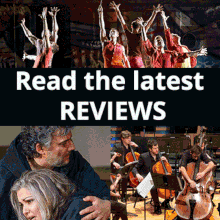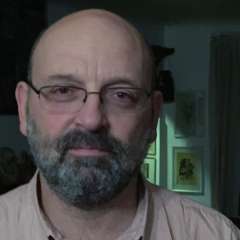Formed at the Juilliard School in 1976 and one of the most successful American string ensembles in history, the Emerson String Quartet is planning to disband in October 2023, after a final performance at Alice Tully Hall, the locus of many of their greatest performances. For this spring though, the foursome have prepared a series of three concerts labeled “Emerson Dimensions”, organized under the aegis of the Chamber Music Society of Lincoln Center (where David Finckel, the ensemble’s cellist from 1979 to 2013, is one of the co-artistic directors).
The first episode of what is meant to be a chronological traversal of music composed for string quartets was devoted to the beginnings of the genre during the Classical period. Nevertheless, the programme started with an earlier work, Purcell’s Chacony in G minor, conceived for viols and affectionately arranged for string quartet by Benjamin Britten. The several-minutes-long set of variations, with the distinctive descending tetrachord evoking Dido’s lament in Dido and Aeneas, was sufficient to remind listeners some features that have characterized the Emersons’ decades-long collaboration: the perfect timbral and dynamic coordination and their ability to bring out the unique character of each work they are playing.
It must have been a daunting task to pick one string quartet each by Haydn and Mozart for the final Emerson series. The artists ended up selecting a pair of works which arguably are closer related than others. Composed just two years after Haydn’s Op.33 no.5, Mozart’s K.421 in D minor is part of a set of six quartets dedicated to his guide and friend. Mozart’s finale, a series of variations on a Siciliano tune (the third showcasing Lawrence Dutton’s exquisite viola playing) was probably inspired by Haydn using the same rhythms in a theme with three variations in his own Allegretto-Presto. There are nevertheless other points of similarity underlined by the unwavering attention that the Emersons pay to details. In Haydn’s Trio, Eugene Drucker’s first violin and Paul Watkin’s cello engaged in a playful dialogue using imitation, while a similar compositional technique is employed in the mournful conversation between the first violin and viola taking place in the second movement of Mozart's K.421. If Mozart’s writing for individual instruments in the Allegro evokes his operatic arias, Haydn’s second movement is itself an aria in G minor for the first violin accompanied by the other three instruments.
After the interval, as they did for so many years, Eugene Drucker and Philips Setzer switched positions, the latter taking the first violin chair for Beethoven’s Op.59 no.2. If the overall sound was not as full as it used to be, the level of energy the members of the quartet brought to their interpretation was still remarkable. This was quite palpable from the conspicuous introductory chords to the tonality-unstable finale with its fiery intensity, while balance and accents were always under control. The four musicians masterfully handled the complex narrative full of digressions and meanders from the Allegro. The second movement, with its elongated, hymn-like melodic arches floated between melancholy and radiance. The contrapuntal overlay of the “Thème russe” middle section of the Allegretto was imbued with great transparency.
As suggested by Drucker, the encore, an earnest rendition of Bach’s chorale Vor deinen Thron tret' ich hiermit, BWV 668, was the other Baroque bookend to a Classical programme that made one feel that the top form Emersons’ decision to stop playing together came too early.




